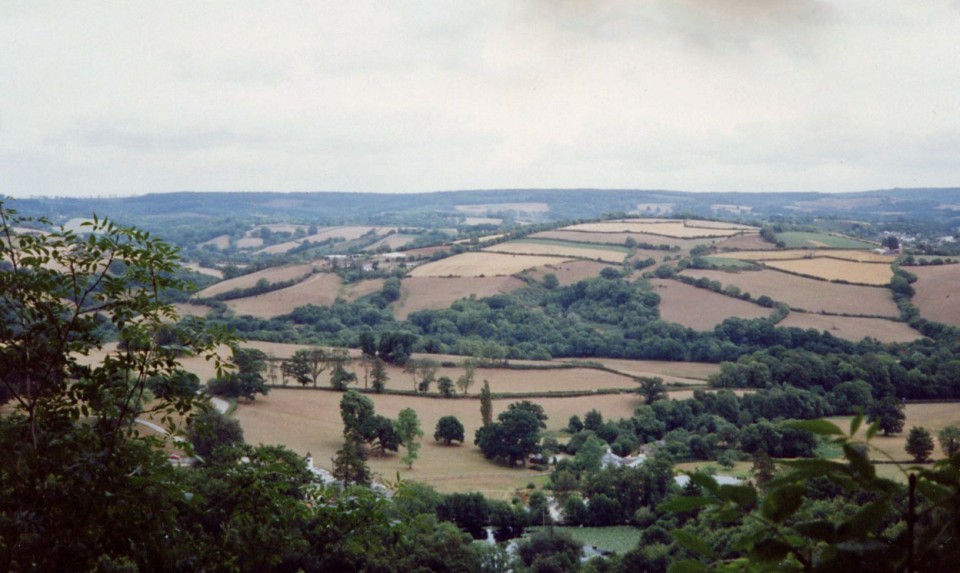Bats - Distribution & Habitat
Distirbution
Bats are found throughout the tropical, sub-tropical and temperate latitudes. Indeed, with the notable exceptions of very high mountains, isolated oceanic islands and extreme polar latitudes, bats are found worldwide. Chiropterans seem especially diverse in south-east Asia, New Guinea, Australia and certain Pacific islands (e.g. Guam).

The most widespread of the British bat species is the pipistrelle, common throughout the UK. The Daubenton’s bat (Myotis daubentoni) is also widely distributed in the UK, as is the brown long-eared bat (Plecotus auritus). Conversely, the grey long-eared bat (Plecotus austriacus) is restricted to southwest England, especially along the south coast and the Channel Islands. Most of our chiropteran fauna are found throughout England and Wales, but are rather more sparsely distributed in Scotland. Indeed, in his 1985 book, Phil Richardson notes that Britain has 15 resident species, while Ireland has seven and Scotland only two. Judging by the last reliable bat census (published in the Atlas of Mammals in Britain, 1993) there are now four species found in Scotland, with a couple of vagrants surfacing in the south-west regions. The two most widely distributed Scottish species are the greater horseshoe (Rhinolophus ferrumequinum) and pipistrelle bats.
Habitat
Fruit bats (Pteropididae) are tropical species, frequenting habitats ranging from dense forests and swamps to savannas. There are even reports of fruit bats roosting in lofts and caves (e.g. the straw-coloured fruit bat, Eidolon helvum). Most species are, however, less diverse in their choice of habitat, preferring a either forest or a mixture of forest and pasture land, often with a water source from which to drink and over which to hunt for insects.
Species native to the UK and Europe inhabit almost every habitat the countries have to offer. Bats are found in cities, farmland, forests, river valleys, arable pasture, grasslands with peripheral woodlands and wooded pond systems. It is common for bats to show a preference for specific habitat types, and many species will make considerable journeys from their roosts to their preferential feeding grounds. The lesser horseshoe bat (Rhinolophus hipposideros), for example, inhabits warmer regions in foothills and highlands, showing a preference for partially wooded areas of limestone, while the Daubenton’s bat (Myotis daubentonii) displays a penchant for flat countryside in open woodland and riparian (river) landscapes. The common pipistrelle (Pipistrellus pipistrellus), by contrast, is predominantly a house-dwelling species, although it will inhabit almost any habitat type (excluding very exposed regions) and feed over water, along hedgerows and woodland edges, gardens and under streetlights. I would recommend David Macdonald and Priscilla Barrett’s Field Guide to Mammals of Britain and Europe for an overview of habitat and recognition for all bat species found in Britain and Europe.

Interestingly, bats can also be found in bird nests. A 1997 paper in Mammal Review, by Martin Schulz at the University of Queensland provided a review of this phenomenon in Australia. Schulz recorded 15 species of bats roosting in the abandoned nests of birds. Schultz concludes that bird nests in Australia provide roosting habitat for four threatened bats (Murina florum, Kerivoula papuensis, Chalinolobus morio and Nyctophilus timoriensis), and may be important to their conservation.